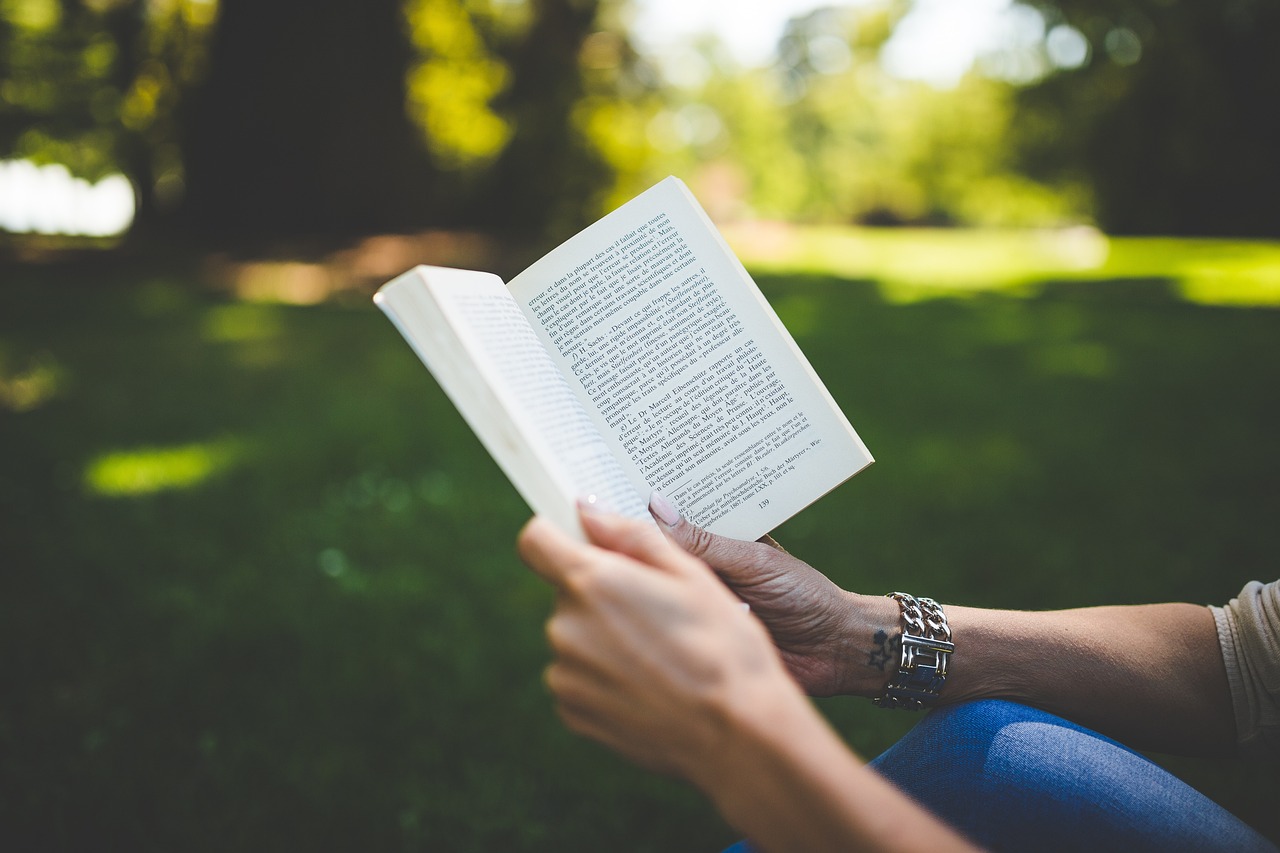1. Introduction to Physical Education
Physical education, often abbreviated as P.E., refers to the instructional process that aims to promote physical fitness and overall well-being through structured physical activities. It encompasses a wide range of activities, including sports, fitness training, and health education, tailored to meet the needs of individuals across different age groups and fitness levels.
2. Importance of Physical Education
Physical Health Benefits
Physical education plays a pivotal role in enhancing physical health by promoting regular exercise and physical activity.
Engaging in physical activities helps in maintaining healthy body weight, improving cardiovascular health, and reducing the risk of chronic diseases such as obesity, diabetes, and heart disease.
Mental Health Benefits
In addition to physical health benefits, physical education contributes significantly to mental well-being.
Regular exercise has been shown to alleviate stress, anxiety, and depression by releasing endorphins, also known as the “feel-good” hormones. Moreover, participation in team sports fosters camaraderie, boosts self-esteem, and enhances cognitive function.
Social Benefits
Physical education provides opportunities for social interaction and teamwork, essential skills that are invaluable in both personal and professional spheres.
Through collaborative activities and team sports, individuals learn to communicate effectively, resolve conflicts, and work towards common goals, thus cultivating important social skills.
3. History of Physical Education
The roots of physical education can be traced back to ancient civilizations, where physical fitness and prowess were highly valued. In ancient Greece, for example, physical education was an integral part of the educational curriculum, with activities such as gymnastics and wrestling being practiced regularly. Similarly, ancient civilizations like China and India emphasized the importance of physical fitness through practices such as martial arts and yoga.
4. Components of Physical Education
Exercise
Exercise forms the cornerstone of physical education, encompassing a wide range of activities aimed at improving cardiovascular fitness, muscular strength, and flexibility.
From aerobic exercises like running and cycling to strength training exercises like weightlifting and resistance training, physical education programs offer diverse opportunities for individuals to stay active and healthy.
Sports
Sports play a vital role in physical education, providing opportunities for individuals to engage in competitive activities, develop sportsmanship, and showcase their athletic abilities.
From team sports like soccer, basketball, and volleyball to individual sports like tennis, swimming, and gymnastics, sports activities contribute to physical fitness, skill development, and overall enjoyment.
Health Education
In addition to exercise and sports, physical education programs often include health education components aimed at promoting healthy lifestyle habits and disease prevention.
Topics covered may include nutrition, hygiene, injury prevention, and the harmful effects of substance abuse, equipping individuals with the knowledge and skills needed to make informed decisions about their health.
Fitness Testing
Fitness testing is an integral part of physical education, allowing educators to assess the physical fitness levels of individuals and track their progress over time.
Common fitness tests include assessments of cardiovascular endurance, muscular strength, flexibility, and body composition, providing valuable insights into areas of improvement and areas of strength.
5. Role of Physical Education in Schools
Physical education plays a crucial role in the school curriculum, contributing to the overall development of students in various aspects. It helps in promoting healthy habits from a young age, instilling a lifelong appreciation for physical activity and fitness. Moreover, physical education fosters discipline, resilience, and teamwork, essential qualities that are transferable to academic and personal success.
6. Challenges in Physical Education
Despite its importance, physical education faces several challenges, including limited resources, time constraints, and competing priorities within the school curriculum. Additionally, factors such as sedentary lifestyles, technological distractions, and lack of parental support pose significant obstacles to promoting physical activity among students.
7. Strategies to Improve Physical Education Programs
To address the challenges faced by physical education programs, various strategies can be implemented to enhance their effectiveness and impact. These may include allocating adequate resources and facilities, integrating physical education with other academic subjects, providing professional development opportunities for educators, and involving parents and communities in promoting physical activity.
8. Innovations in Physical Education
Advancements in technology have led to innovations in physical education, opening up new possibilities for enhancing teaching and learning experiences. From interactive fitness apps and wearable devices to virtual reality simulations and gamified workouts, technology has the potential to make physical education more engaging, accessible, and personalized for students.
9. Integrating Technology in Physical Education
Integrating technology into physical education can help in overcoming barriers to participation and motivation by leveraging interactive and immersive learning experiences. Virtual fitness classes, online workout challenges, and fitness tracking apps can provide students with real-time feedback, personalized workout routines, and opportunities for social interaction, enhancing their overall engagement and enjoyment.
10. The Future of Physical Education
As society continues to evolve, the future of physical education holds promise for further innovation and advancement. With a growing emphasis on holistic well-being and personalized learning, physical education programs are likely to incorporate more diverse and inclusive activities tailored to individual preferences and needs. Moreover, partnerships between schools, communities, and healthcare providers can help in creating supportive environments that promote physical activity and wellness for all.
11. Conclusion
In conclusion, physical education plays a vital role in promoting health, wellness, and overall quality of life. By providing opportunities for regular exercise, sports participation, and health education, physical education programs empower individuals to lead active and fulfilling lives.
Despite facing challenges, the future of physical education looks bright, with ongoing efforts to innovate, integrate technology, and promote inclusivity, ensuring that everyone has access to the benefits of physical activity.
